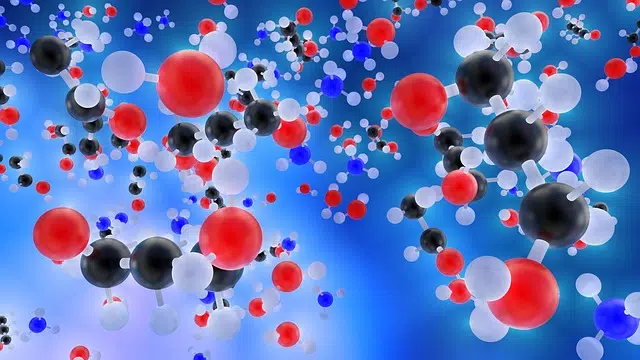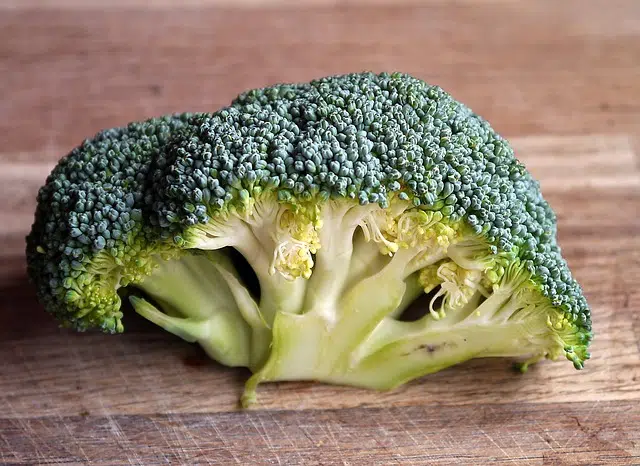
Coenzymes appear among the components of enzymes.
Coenzymes are components of enzymes . These are non-protein organic substances that participate in reactions catalyzed by enzymes.
An enzyme, for its part, is a protein-type molecule with the ability to catalyze chemical reactions , always within the framework of thermodynamics; In other words, it makes a chemical reaction kinetically favorable, that is, it makes it happen at a higher speed. The action of enzymes takes place once they encounter substrates, molecules that become "products."
Characteristics of a coenzyme
A coenzyme is a cofactor : a molecule that is essential in the activities carried out by enzymes. These non-protein cofactors link to (protein) apoenzymes to form holoenzymes .
Coenzymes undergo modifications within the framework of chemical reactions . They can give up or accept functional groups or electrons , for example, which pass from one enzyme to another.
Links with enzymes
There are coenzymes that maintain a permanent relationship with the enzyme. Others, however, only experience a sporadic union. The bond begins when a coenzyme couples to an enzyme, which is responsible for capturing its substrate. The enzyme then transfers electrons which the coenzyme receives. Finally, the coenzyme, now reduced, can be detached from the enzyme and gives up its electrons, returning to its initial state.
It is important to note that not all coenzymes accept the same types of atoms . They can receive acetyl, hydrogen, amino or other classes depending on each case. As for the enzymes to which they adhere, there are no restrictions: the same coenzyme can bind to different enzymes.

Broccoli is a source of coenzyme Q10.
Examples of coenzymes
Flavin mononucleotide ( FMN ) is a coenzyme. This biomolecule is synthesized by an enzyme called riboflavin kinase . FMN is an oxidizing agent that is involved in the transfer of one or two electrons.
Ubiquinone or coenzyme Q10 , for its part, is found in a large part of equarian cells. This coenzyme acts in aerobic cellular respiration and allows energy to be produced in the form of adenosine triphosphate.
Relevance of ubiquinone
In recent years, the importance of coenzyme Q10 has grown considerably, as the media and doctors have begun to recommend it as a nutritional supplement to treat various diseases , such as high blood pressure, gingivitis , some heart disorders and certain neurodegenerative problems.
It is important to note that this nutrient is found throughout the body, although it can especially be observed in the liver, pancreas, kidneys and heart. To obtain coenzyme Q10, one of the options is to include it in our diet.
Regarding the effects of this coenzyme in our body, we can highlight its antioxidant action, similar to what vitamin E provides us although with much greater effectiveness. In addition, it can generate energy at the cellular level, which is why the abnormal feeling of tiredness is usually related to a lack of coenzyme Q10.
Another function of this nutrient is that it contributes to oxygenating the organs through its participation in the respiration of cells . All this makes it a highly recommended supplement to strengthen the immune and cardiovascular systems , among many other advantages it offers us.
Sources of coenzyme Q10
Over the years, coenzyme Q10 is depleted, and this explains why those who experience its deficiency most frequently are the elderly. On the other hand, there are certain factors that can accentuate its decrease: tobacco abuse, a diet that does not include it in sufficient proportions, a deficiency in the body that prevents its production in adequate quantities, stress and candidiasis.
To ensure we have sufficient values, it is recommended to include whole grain, vegetable oils, nuts, spinach, carrots, cauliflower, broccoli and wheat germ, among other plant products, in the diet .
